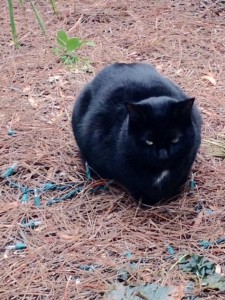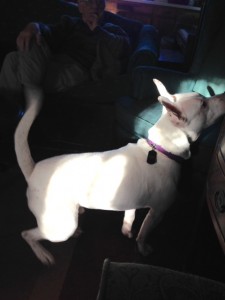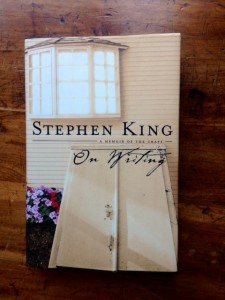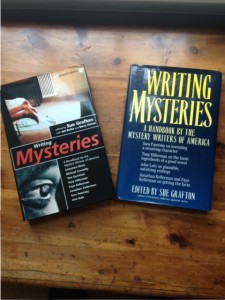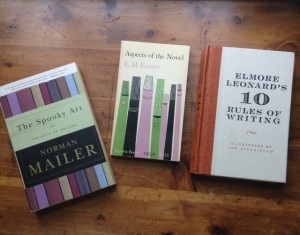If you have evidence—or opinions to the contrary, I want to hear from you!
Yes, there are offbeat animal detectives. In Three Bags Full: a sheep detective story by Leonie Swann, the shepherd is murdered and the sheep, led by the ewe Miss Marple, set out to discover the murderer. In Anonymous Rex, by Eric Garcia, dinosaurs continue to live among us, disguised in latex masks and tail girdles. Otherwise, Rubio is the classic hard-boiled detective. Freddy the Detective by Walter R. Brooks features a pig detective. Bernd Heinrich writes ravens, by far the smartest of birds. And Elmore Leonard, in his first children’s novel, created Antwan, a hip-talking coyote living in the Hollywood Hills, for A Coyote’s in the House.
Dogs are poorly represented in the mystery genre. In Hank the Cowdog, Hank is the inept “Head of Security” for a ranch, and setting out to find who’s stealing the corn, he sets clever traps that consistently trap him. Play Dead by Leslie O’Kane features a dog behaviorist/therapist and an “ugly collie” rescue dog.
Cats, on the other hand, are everywhere. There are whole series featuring cats. Think the Mrs. Murphy series by Rita Mae Brown and Sneaky Pie Brown, or The Cat Who… series by Lilian Jackson Braun. Perhaps less well known is the Joe Grey Cat Mystery series by Shirley Rousseau Murphy, in which Joe is a cat from the Catswold that can speak and understand English, among other talents. And then there is the series in which the point of view shifts between a big black cat named Midnight Louie and his person, Temple Barr.
Why cats? Well, for one thing, they are notoriously independent and sneaky. They were domesticated tens of thousands of years after dogs—or maybe not yet, even. Cats are confounding creatures, for centuries associated with death cults, witches, Satan, black magic, and so forth. So creating fictional cats with paranormal abilities—talking, shape shifting, psychic reasoning or implausible acts of physical derring-do, invisibility, tele-transportation—is much less jarring than similar traits in a dog—or sheep, goat, pig. A monkey, now . . .
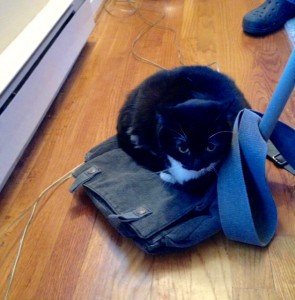
So, if you want to sample some cat detective fiction, apart from what’s mentioned above, consider the following: A Cat Tells Two Tales and/or The Cat, The Vagabond, and The Victim by Lydia Adamson; The Cat, The Mill, and The Murder by Leann Sweeney; All Dressed Up and No Place to Haunt by Rose Pressey; Cat In a White Tie and Tails by Carole Nelson Douglas; Tailing a Tabby by Laurie Cass; Cat Nap and/or Last Licks by Claire Donally; No Cooperation From The Cat by Marian Babson; Literally Murder by Ali Brandon;The Cat, The Devil, The Last Escape by Shirley R. & Pat J. J Murphy. And I’m sure there are others out there.
By the way, as far as I know, cat detective stories are all written by women and feature women partners for the cats. Surely there are deep historical associations between women and cats.
Take-away for writers
If you are thinking about adding an animal detective to your mystery, consider the competition—and riding the wave of popularity!
